#Grimm fairy tales
Explore tagged Tumblr posts
Text
Princess Counter Parts🖤
(The Grimm Legends vs. Disney)

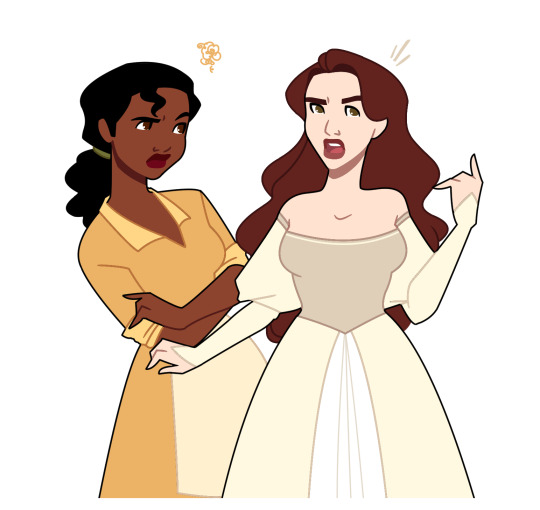
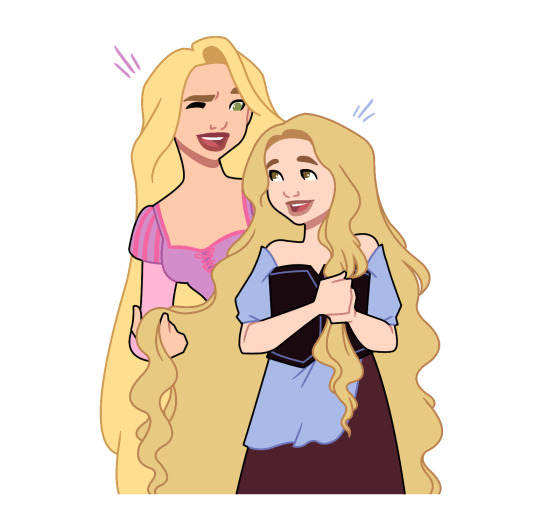
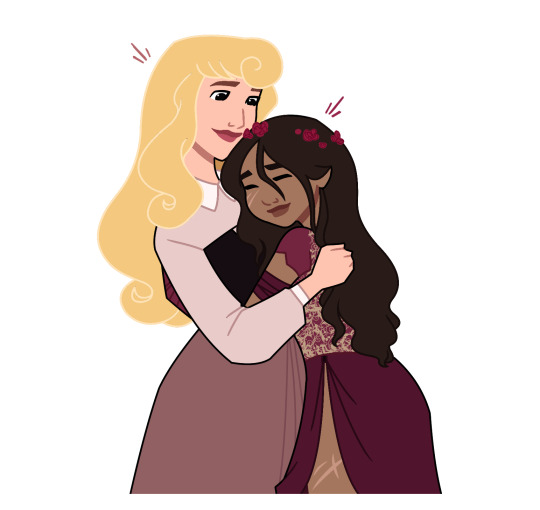
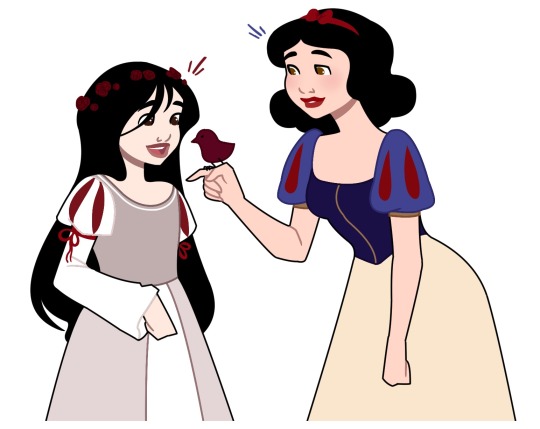
#disney#fanart#disney fanart#the grimm legends#disney princesses#grimm fairytales#grimm fairy tales#fairy tales#fairytale#princesses#snow white#cinderella#princess tiana#frog princess#aurora#briar rose#sleeping beauty#princess and the frog#the frog prince#rapunzel#tangled#digital character#character artworks#artworks#crossover#multiverse
845 notes
·
View notes
Text

Grimm Fairy Tales #89 (2024)
334 notes
·
View notes
Text


“The Singing Bone”
Day 8 - Grimm
Long have I lain beside the water.
#illustration#my art#drawing#nature#inktober#grimm fairy tales#horror#watercolor#dark art#grimm#surrealism#gothic americana#folklore#folk horror#macabre#mabsdrawlloweenclub#drawtober
249 notes
·
View notes
Text

Snow White and the Seven Dwarfs by Roland Risse
#roland risse#art#snow white#seven dwarfs#fairy tales#fairy tale#dwarfs#dwarves#brothers grimm#grimm fairy tales#german#germany#europe#european#folklore#middle ages#medieval#magical#lanterns#lantern#light#lights#bed#sleep#sleeping
128 notes
·
View notes
Text
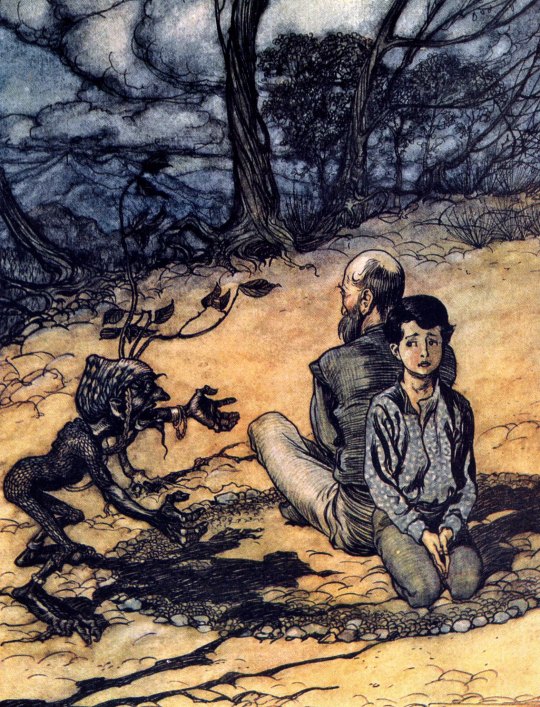
'The King of the Golden Mountain', Grimm's Fairytales illustrated by Arthur Rackham, 1909
304 notes
·
View notes
Text
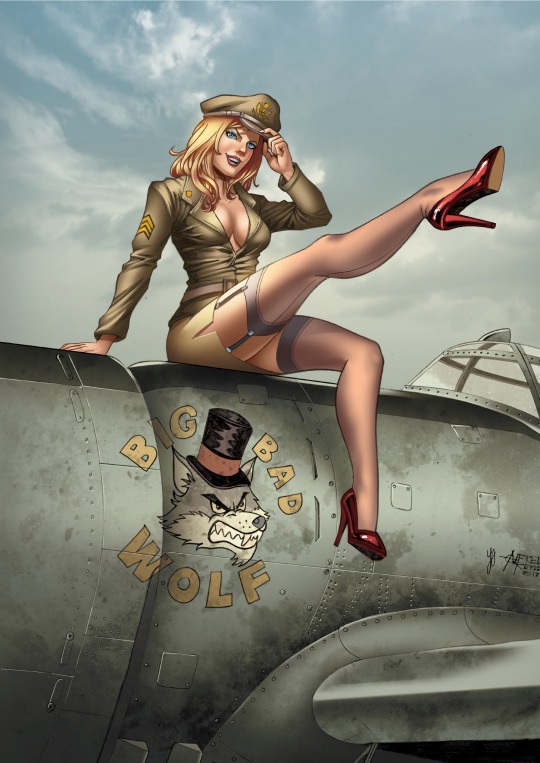
Artwork by Alfredo Reyes
126 notes
·
View notes
Text








#little red riding hood#red riding hood#disney three little pigs#silly symphony three little pigs#simsala grimm#ever after high#cerise hood#akazukin chacha#Grimms Notes the Animation#Grimms Notes#Little Red Riding Hood (1995)#big bad wolf#cottagecore#grimm fairy tales#silly symphony#Grimm masterpiece theatre
64 notes
·
View notes
Text
Do you love fairy tales? I want to hear from you!
EDIT: I will be closing the survey on November 9th! Thank you everyone who has participated!!!
My name is Ainjel Stephens and I am a PhD candidate in the Folklore department at Memorial University of Newfoundland. I am currently conducting a research project on fairy tales reception by queer-identifying individuals for my PhD dissertation under the supervision of Sarah Gordon. The purpose of this study is to learn how people who feel queer or identify as queer think about and respond to fairy tales.

Artist: Gustave Dore
If this sounds like a project you would be interested in participating in, then I invite you to take a short survey where you will be asked a few questions about who you are, as well as reflective questions about your thoughts and feelings on fairy tales, and if these tales are “queer.” It should only take about 10 minutes of your time to complete.
The survey asks if you would like to participate further with an interview with myself in order to discuss your thoughts and opinions on fairy tales. This interview will be a recorded hour-long interview through video conferencing platform Tauria or Webex. If you select yes, I will be in contact with you with further steps. If you select no, then that’s it! Thank you for participating.
To participate, you must be the age of majority and no younger than 19, have fairy tale knowledge in English, and identify with the term “queer.”
If you are interested, click the link below to participate in the anonymous survey.
If you have questions or want to chat further, you can contact me at [email protected] or through my inbox on my project blog, www.diamondsandtoads.tumblr.com/
If you know anyone who may be interested in participating in this study, please send this post along.
Thank you for reading!
The proposal for this research has been reviewed by the Interdisciplinary Committee on Ethics in Human Research and found to be in compliance with Memorial University’s ethics policy. If you have ethical concerns about the research, such as your rights as a participant, you may contact the Chairperson of the ICEHR at [email protected] or by telephone at 709-864-2861
#fairytales#fairy tale retelling#queer#lgbt#lgbtq community#beauty and the beast#cinderella#little red riding hood#charles perrault#grimms#grimm fairy tales#queer fairy tale#diamonds and toads#folklore#folktale#snow white#sleeping beauty#queer writers#queer community#lgbt community#the princesses#academia#queer fairytales
265 notes
·
View notes
Text


She looks like a snake slithering out of a hollow pair of legs.
(Cover of Snow White 10th Anniversary Special #1, Zenescope Entertainment, submitted by anonymous)
#snow white#Grimm Fairy Tales#Zenescope Entertainment#snakewomen#rubber spines#vacuum sealed for freshness#organless torsos#comics#comic books
40 notes
·
View notes
Text
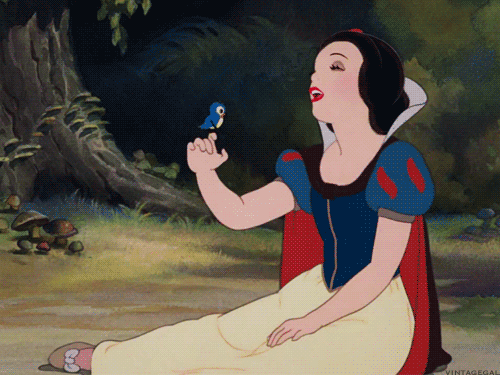
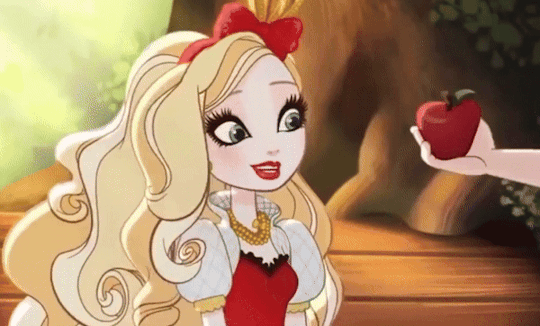
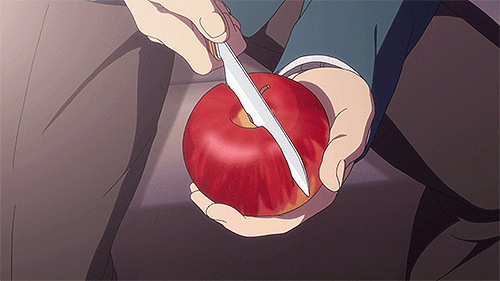
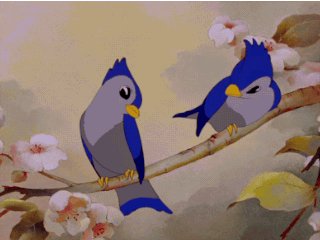
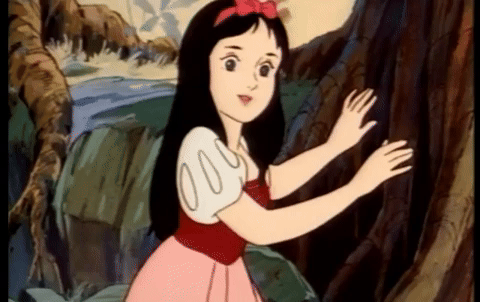
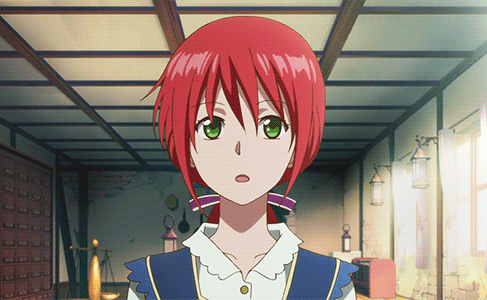
Fairy Tale: Snow White
#disney princesses#princess#disney snow white#snow white#ever after high#apple white#grimm fairy tales#Grimm's Fairy Tale Classics#Apple#anime princess#Snow White with the Red Hair#snow white and the seven dwarfs
127 notes
·
View notes
Text
The Grimm Legends Villains
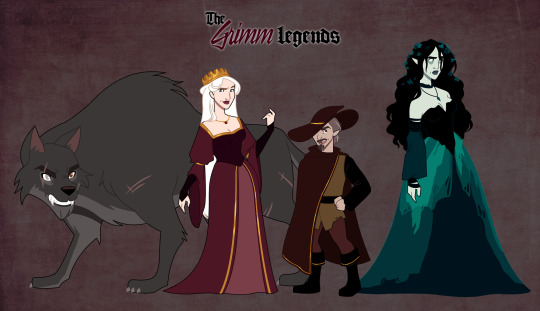


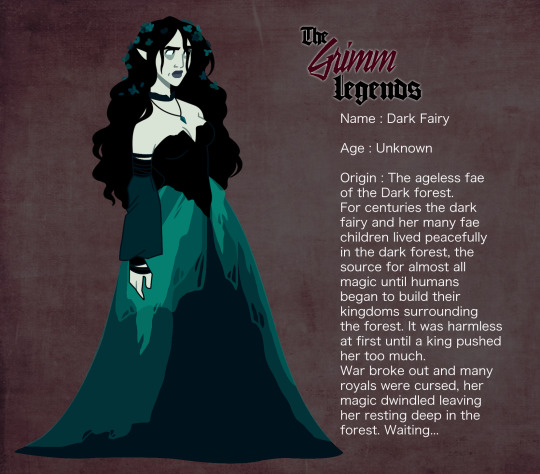

Main villain character designs🖤
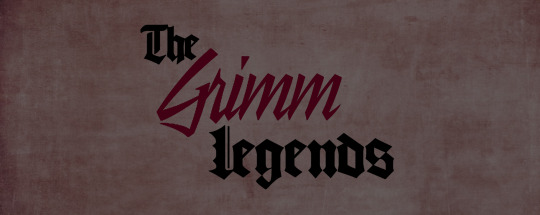
#the grimm legends#grimm fairytales#grimm fairy tales#grimm brothers#fairy tales#fairytale#fairy tale retelling#Snow White#the evil queen#the big bad wolf#little red riding hood#rumplestiltskin#the dark fairy#sleeping beauty#character artworks#character designs#digital characters
129 notes
·
View notes
Text

Grimm Fairy Tales: Holiday Pin-up Special (2023)
289 notes
·
View notes
Text
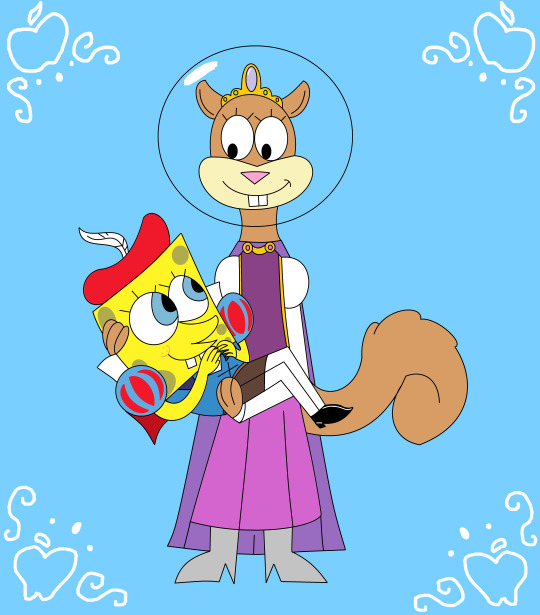
The Sandy Cheeks Movie was such a Wasted Potential of a Disappointment, I knew that after seeing sooo many Critical Reviews of its Recent 4th Movie, it failed to become my Guilty Pleasure as it's defiantly My Least Favorite SpongeBob Movie out of the Films (even if we're getting a New Lore of the Cheeks Family with Redesigns like with Patrick).
Although while I do have mixed feelings on the Family Members getting Redesigned everytime a New Episodic Story shows up, I'm always open for closest inspiration for Fan Redesigning in the Near Future.
Anyway, since The Sandy Cheeks Movie was such a waste for Me (which I feel bad for one of the Characters for getting their own Spinoff after Patrick's), I'd figure why not draw something of a Twist based on SpongeBob's Recent Fairytale Adaptations in its Fairytale Anthology where if their Genderbend Snow White take had its own Prince (or should I say, "Princess" since Sponge is Snow White) if they were to replace the Seventh Dwarf Jellyfish with Somebody Else.
Ngl, I was kinda disappointed that their Snow White adaptation didn't feature the Love Interest type (since the Franchise's version is a lot better than whatever the Hell the Garbage Disney Remake will be), so I twist and turn Sandy into the Prince archetype (inspired by Classic Disney's Version, Florian). While I personally loved their Snow White retelling, I think it could've been Another Spandy episode.
SpongeBob SquarePants (c) Stephen Hillenburg & Nickelodeon
Snow White (c) Brothers Grimm
#spongebob squarepants#spongebob#spongebob fanart#spongebob squarepants fanart#spandy#sandy cheeks#sandy spongebob#spongebob sandy#sandy cheeks spongebob#spongebob sandy cheeks#spongebob x sandy#sandy x spongebob#snow white#snow white and the seven dwarfs#fairy tale#brothers grimm#grimm fairy tales#snow yellow and the seven jellies#snow yellow
21 notes
·
View notes
Text
Do you know about Ludwig Bechstein? Well you should.
But do not worry: if you never heard of his name until now, it is perfectly normal. In a similar way to madame d'Aulnoy in France, Ludwig Bechstein was one of the great names and influential sources of the fairytale in Germany, but fell into complete obscurity due to being overshadowed in modern days by a contemporary (Charles Perrault for madame d'Aulnoy, the brothers Grimm for Bechstein).
Ludwig Bechstein was, just like the brothers Grimm, a German collector of fairytales (Märchen in German), and just like them he published an anthology of them. However, whereas the brothers Grimm started publishing their work in the early 1810s with re-editions later on, Bechstein published the first volume of his collection in 1845, and the second volume in 1856.
And here's the thing: Bechstein was MUCH, MUCH more well-known in Germany than the brothers Grimm, for the rest of the 19th century. While yes the brothers Grimm were a big success and a huge best-seller, Bechstein's fairytales were even more so. In fact his fairytales were THE de facto German fairytales of the 19th century - until the brothers Grimm's international celebrity (because their fairytales had crossed the Germanic frontiers into English and French-speaking countries, while Bechstein's had not) came back and made their own fairytales overshadow, and then completely eclipse/bury Bechstein's own fairytales.
Why is this important? Because Bechstein had in his collection several fairytales that overlapped with those of the Grimm: for example, as I will show above, both collections had an "Hansel and Gretel", and " Little Red Riding Hood". But while we know today the Grimm's version better, it was the Bechstein's version that the 19th century children knew about. And there is one big difference between the two sets of tales: while the brothers Grimm were obsessed with an "accuracy" of the stories (or what they believed was an "accuracy"), stitching stories together or writing them so as to create what felt like a traditional oral story as it would be told to you by a random German person, Bechstein allowed himself a more "literary approach". He never reached the level of an Andersen or a d'Aulnoy that would entirely rewrite a folk-tale into a long poetic epic... But he allowed himself to correct inaccuracies in the stories he collected, and to add personal details to make the story fit his tastes better, and to develop the dialogues into more than just nonsensical little rhymes, so while he kept short and simple stories like the Grimms, they definitively were more literary stories.
To give you two good examples of the differences, here are Bechstein's changes to the two stories I described above.
The main change within Little Red Riding Hood is Bechstein making the girl more intelligent and well-meaning than in the Grimms version, and the Wolf's deception even more devious. When the wolf tells the girl she could go pick up flowers and play outside of the path, like in the Grimm's tale, Bechstein's Riding Hood stops and asks roughly (not a quote I recap here): "Hey, mister Wolf, since you know so much about herbs and plants within this forest - do you know about any medicinal plant around, because if there is an herb that could heal my sick grandma, it would be super cool!". And the wolf jumps on the occassion, pretending he is a doctor - and he lists to her a whole set of flowers and herbs and berries she can pick up that would heal her grandmother... except all the plants he describes to her are poison, and the Wolf just mocks his intended victim. The joke also relies on the fact that all the plants he lists are named after wolves, with the beast convincing the girl it is because wolves are good and great things. (There's the wolf's-foot, the wolf's milk, the wolf's berries, the wolfswort - names which do correspond to real-like plants such as the spurge laurel or the aconit).
The ending is also slightly modified. The hunter is attracted to the grandma's house by hearing the unusually loud snoring of the wolf - he thinks something is wrong with the grand-mother, maybe she is dying, only to find the wolf in her place. He immediately grabs his rifle to kill it but then pause wondering "Hey, the little grandma is nowhere to be seen... and she was a scrawny woman... Better check if he did not eat her". And so he opens the wolf's belly (and the wolf is still asleep during all that, he really is a deep sleeper). When the humans decide to put stones in the wolf's belly, they explicitely reference in-universe the "Wolf and the seven goats" story, which gives them the idea. (Quite a fun and accurate detail since we know that the brothers Grimm attached the episode of the stone to the Little Red Riding Hood story by taking it from the "Wolf and the seven goats" one)
As for Hansel and Gretel, the witch is described differently from the Grimms (she is still a very, very old woman who has something wrong with her eyes, but she isn't red-eyed like the Grimm, rather she has "grass-green" rheumy eyes, and she has no cane or crutches, Bechstein rather insisting on her being a hunchback and havin a very, very large nose.) But the main difference occurs in the climax, which is very different from the Grimm.
The witch still tries to push Gretel in the oven, but she doesn't ask the girl to check if it is "hot enough". Rather she put bread in it to go with her Hansel-roast, and she asks the girl to check if the bread is brown yet. And Gretel is about to obey... when the snow-white bird that led them to the house reappears and warns her of an upcoming danger with human words. The girl immediately guesses the trick, and pushes the witch in the oven. Second big change: the "treasures" the children obtain are not the witch's, nor do they find it on their own. As they exit the house, the treasure literaly rains on them - because all the birds of the forest arrived and dropped the precious items on them while singing "For the crumbs of bread / Pearls an gems instead". As the children understand, the birds were grateful for what they believe was food offered to them (the bread crumbs) and reward the children with the treasure.
Oh yes and the mother (no stepmother here) doesn't die. Rather she and her husband are miserable in their house because they regret leaving their kids, so they are very happy when they return, and with the treasure they all are certain to never go hungry again. Happy end. (Because here the mother isn't a bad person like in the Grimm - she just really, REALLY was a desperate woman who didn't want to see her own children die before her eyes)
#little red riding hood#hansel and gretel#german fairytales#ludwig bechstein#bechstein fairytales#brothers grimm#grimm fairytales#grimm fairy tales#german fairy tales
69 notes
·
View notes









